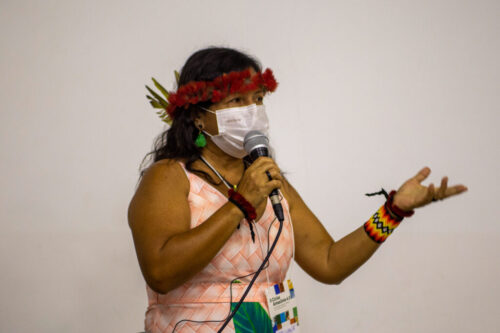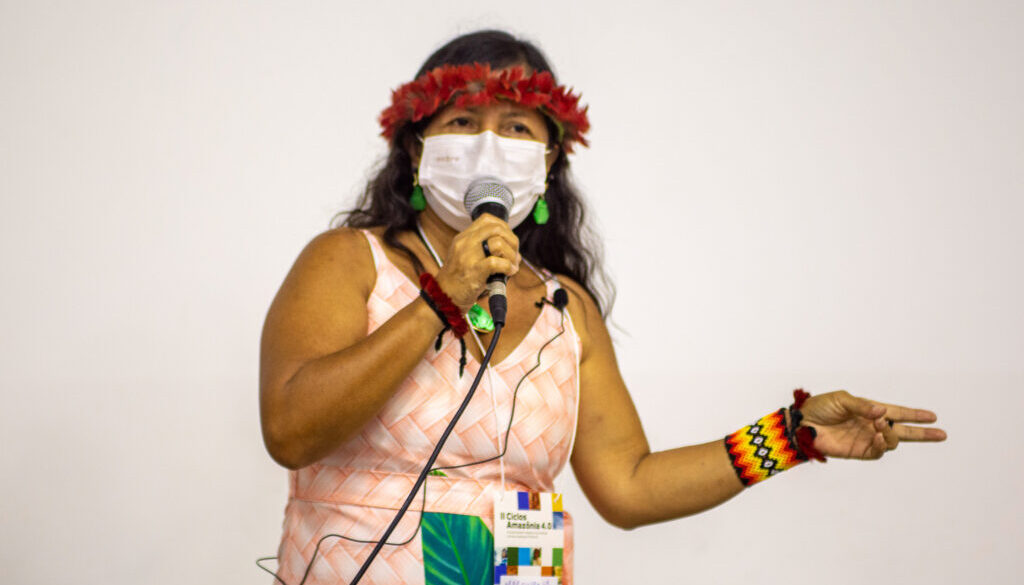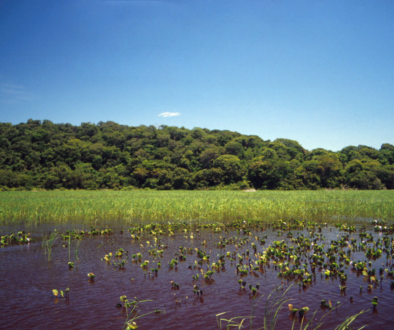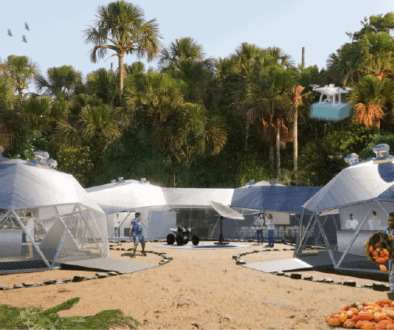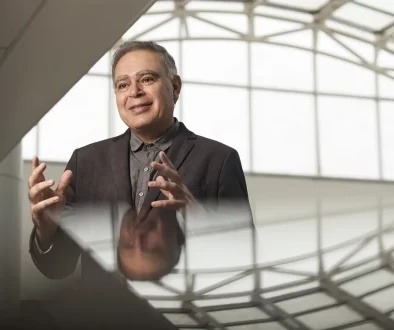Violation of Indigenous Rights Also Takes Serious Forms in Migration to Urban Centers
Difficulties in accessing health and education services, the daily threat to the Amazon biome and the colonizing view of native peoples are the main pillars of human rights violations in Brazil today.
Marcivana Satirê Mauê opened the morning debate on “Ciclos Amazônia 4.0 – “Indigenous Ancestry and Its Relation to Climate Change” speaking on the theme “Violation of Indigenous Rights.” As the coordinator of the indigenous peoples of Manaus and the surrounding area, she spoke about how the migration of indigenous people from their territories to the city is still not seen as a primary public policy by the authorities.
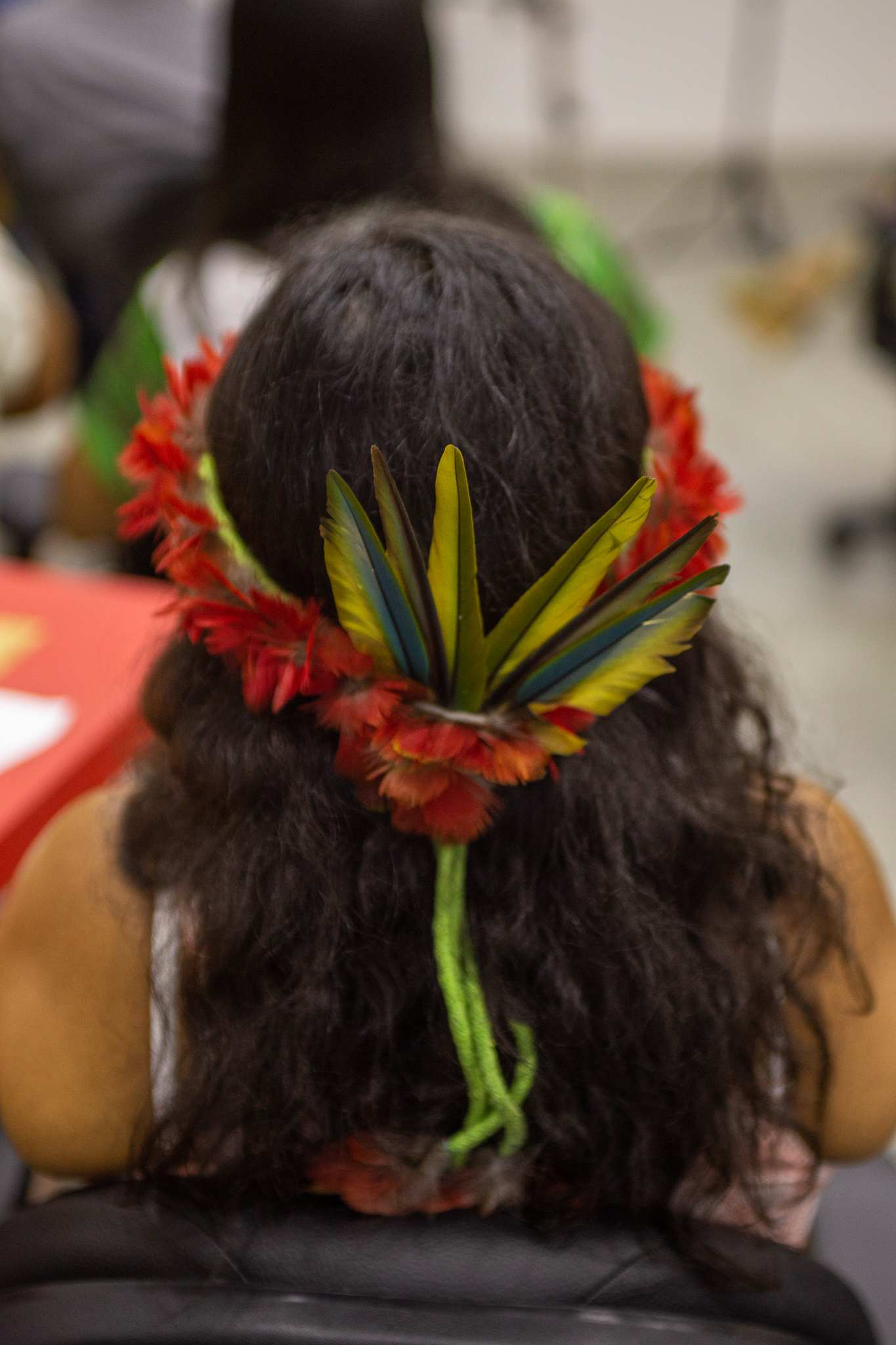
Marcivana Satirê Mauê's speech opened Monday's event in Manaus
The leader pointed out that those who choose to migrate face invisibility on the part of public authorities. “We need to reaffirm that Brazil – from north to south – is indigenous territory. It has always been indigenous territory, and we have the right to be and move wherever we want in this territory,” Marcivana emphasized, sending a clear message to those who still view this migration with prejudice. According to her, among the indigenous people who leave for large centers, 60% seek access to healthcare and good schools for their children. Manaus, the largest urban center in the Amazon, concentrates 52% of the population of original peoples who make this migration in the North, according to leader Satirê Mauê. “The pandemic brought a devastating scenario for us indigenous people in the city, because we do not have access to specialized healthcare. The violation of our rights begins when our ethnic identification is denied,” she stresses.
Marcivana closed her speech by demanding not only the care and attention that the indigenous people deserve in the big cities, but also a new relationship.
“Respect our midwives, our elders, our languages need to be protected, and there need to be public policies that preserve our culture. We demand recognition of our territory in the big urban centers and of our organization as communities, villages, family groups and indigenous families who are in the big cities,” she concluded.
